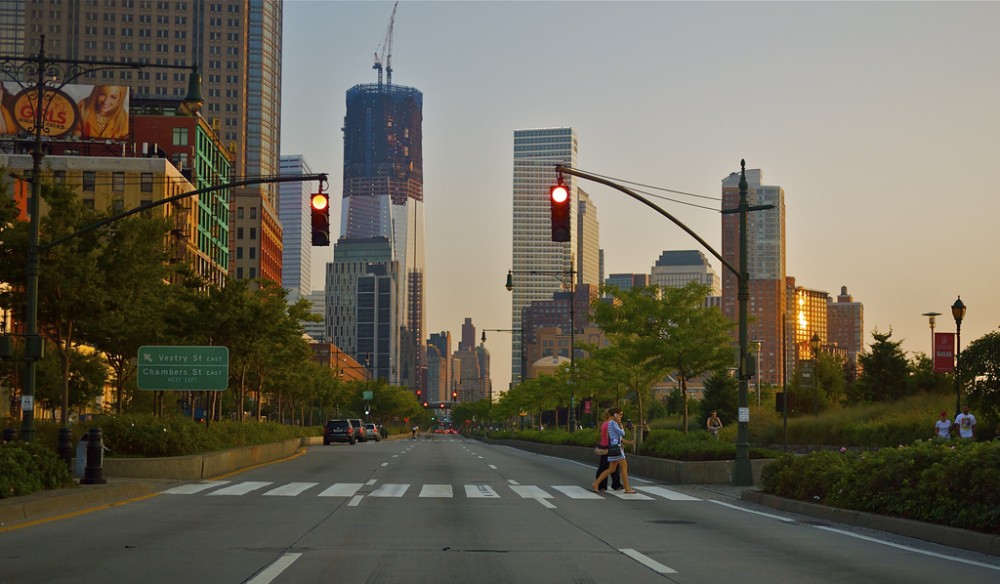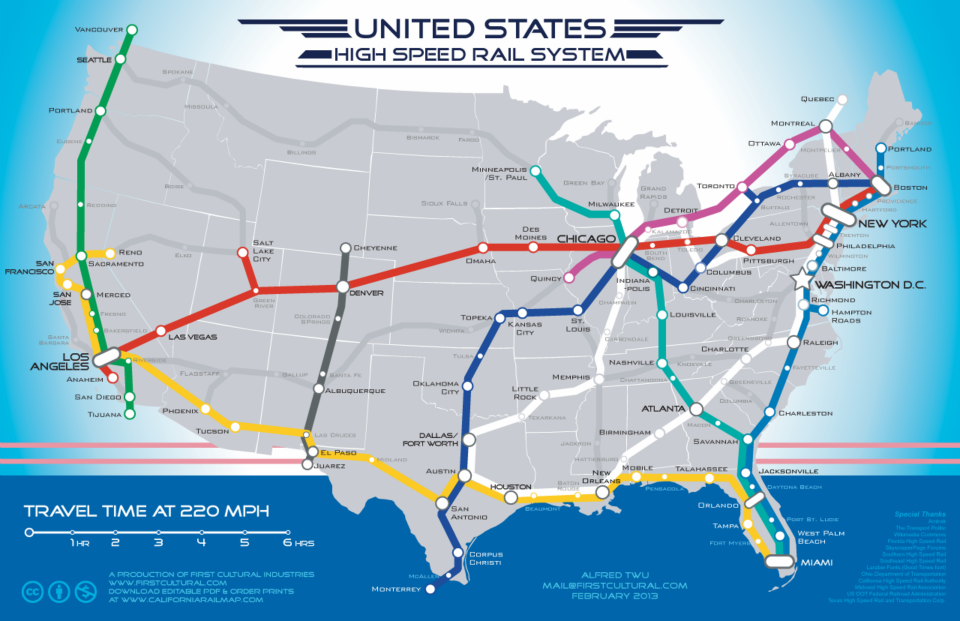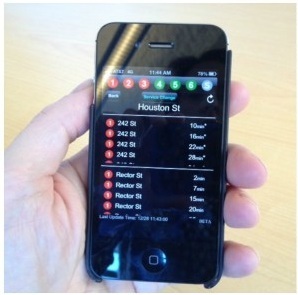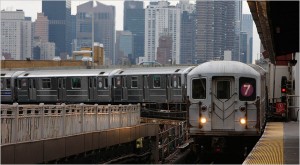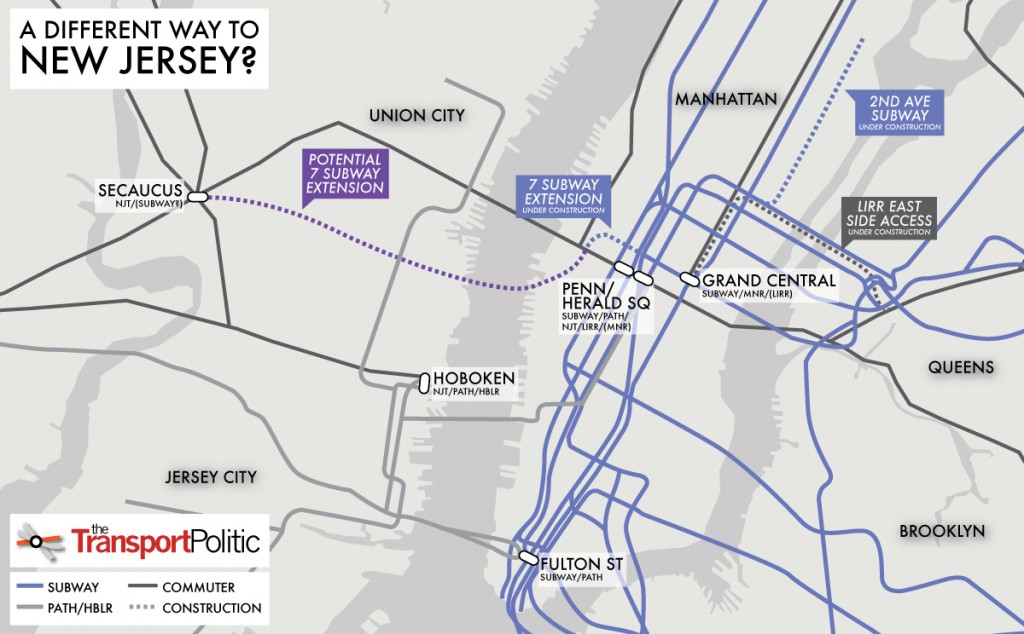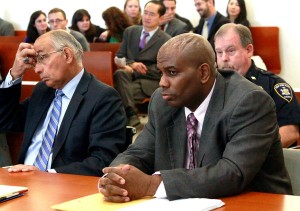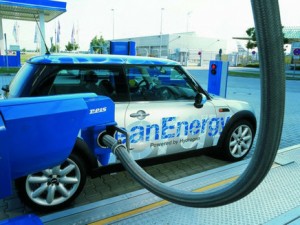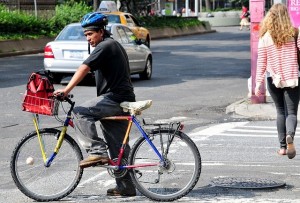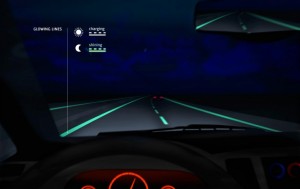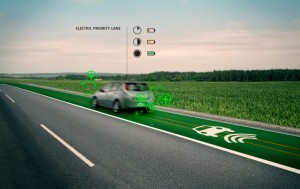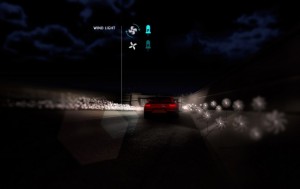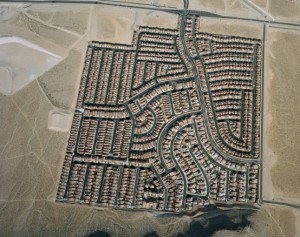The future of intercity travel in the US is no longer going to be by car, bus, or perhaps even planes. The railroad industry is making a comeback from its depression over the decades. High-speed rail is the way to go because it is the most efficient way in moving people from point A to point B. High speed rail will be the new interstate system, but we just don’t know when as it keeps facing many hurdles.
There have been many plans across the country to implement high-speed rail in a few states. California is the leading contender in the fight to make high-speed rail exist with speeds as high as 220 mph. California has approved initial segments so far and is under construction. More information regarding California’s high-speed rail can be found on their site. Florida was another big contender, but their project was cancelled due to an unwillingness to fund the project through taxpayer money. However there is a private company that is willing to pick up the slack.
There are so many benefits of high speed rail. It provides thousands of much needed jobs; reduces green house emissions; and it’s cheaper, faster and more convenient travel that will connect to local public transportation. This will also provide much needed competition in the airline industry for some major intercity travel corridors. In California’s case that will be between San Franciso and Los Angeles or Los Angeles and Las Vegas, NV.
Why is high speed rail such a contentious issue right now? Republicans are almost unanimously against any high-speed rail proposal because of our deficit problem. This makes a national rail system unlikely this decade in my opinion unless there are innovative ways to fund it. An artist’s rendition of the US High-Speed Rail is seen above. One day I hope it will come to fruition. More on this subject is coming soon.
